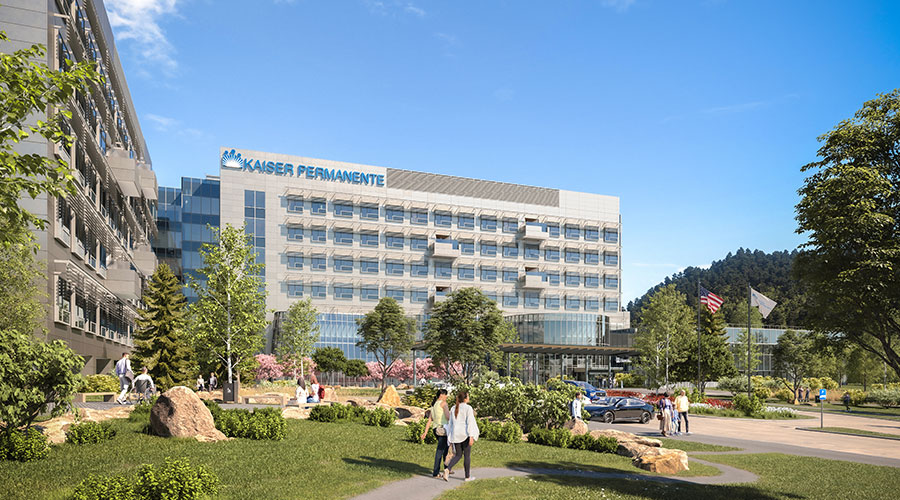As renewable-energy sources and sustainable building technologies grow, the functionality, financial performance and resilience of the built environment in the United States is increasingly linked to the energy sector. Today, during Building Innovation 2016: The National Institute of Building Sciences Annual Conference and Expo, held in Metropolitan Washington, D.C., the Institute’s Council on Finance, Insurance and Real Estate (CFIRE) released a new report: Financing Energy-Efficiency and Renewable-Energy Projects.
This report examines the current and potential roles of three key equity investing structures in capitalizing the sustainable and energy-efficient development and retrofit of investment-grade commercial buildings and renewable-energy production. The report evaluates the effectiveness of these vehicles—Real Estate Investment Trusts (REITs), Master Limited Partnerships (MLPs) and Yieldcos—in accessing the public capital markets and recommends needed legislative and regulatory changes.
This examination, which CFIRE accomplished through a committee of member experts, is particularly important in light of the need to conserve limited government resources. In the current era of federal, state and local spending constraints, the private sector is financing the bulk of the capital required for renewable-energy projects and the development and retrofit of energy-smart commercial real estate. However, government can implement policies to help drive this private-sector investment. Financing itself is not sufficient to expand investments in building energy efficiency and renewable energy. Access to public capital markets is the most efficient way to stimulate the next generation of investment activity and paves the way for the development of robust secondary markets.
Through the report, which includes an overview of the current funding environment in the United States; recommendations for government agencies and other stakeholders; and figures and sidebars to illustrate important concepts, CFIRE serves to illuminate key elements for consideration by policy makers seeking to improve access to the public equity markets for the renewable-energy industry and the development and retrofit of energy-efficient and sustainable commercial buildings. Such access would enhance the cost-effectiveness of these sectors and enhance the nation’s energy security and economic resiliency.
View the Financing Energy-Efficiency and Renewable-Energy Projects report at http://enews.nibs.org/t/r-l-vtjlthd-pdukruyjj-g/.

 Designing Healthcare Facilities for Pediatric and Geriatric Populations
Designing Healthcare Facilities for Pediatric and Geriatric Populations Kaiser Permanente Announces New Hospital Tower at Sunnyside Medical Center
Kaiser Permanente Announces New Hospital Tower at Sunnyside Medical Center Building Disaster Resilience Through Collaboration
Building Disaster Resilience Through Collaboration Amae Health Expands to New York City
Amae Health Expands to New York City Hospital for Special Surgery Opens Two New Facilities in New Jersey
Hospital for Special Surgery Opens Two New Facilities in New Jersey